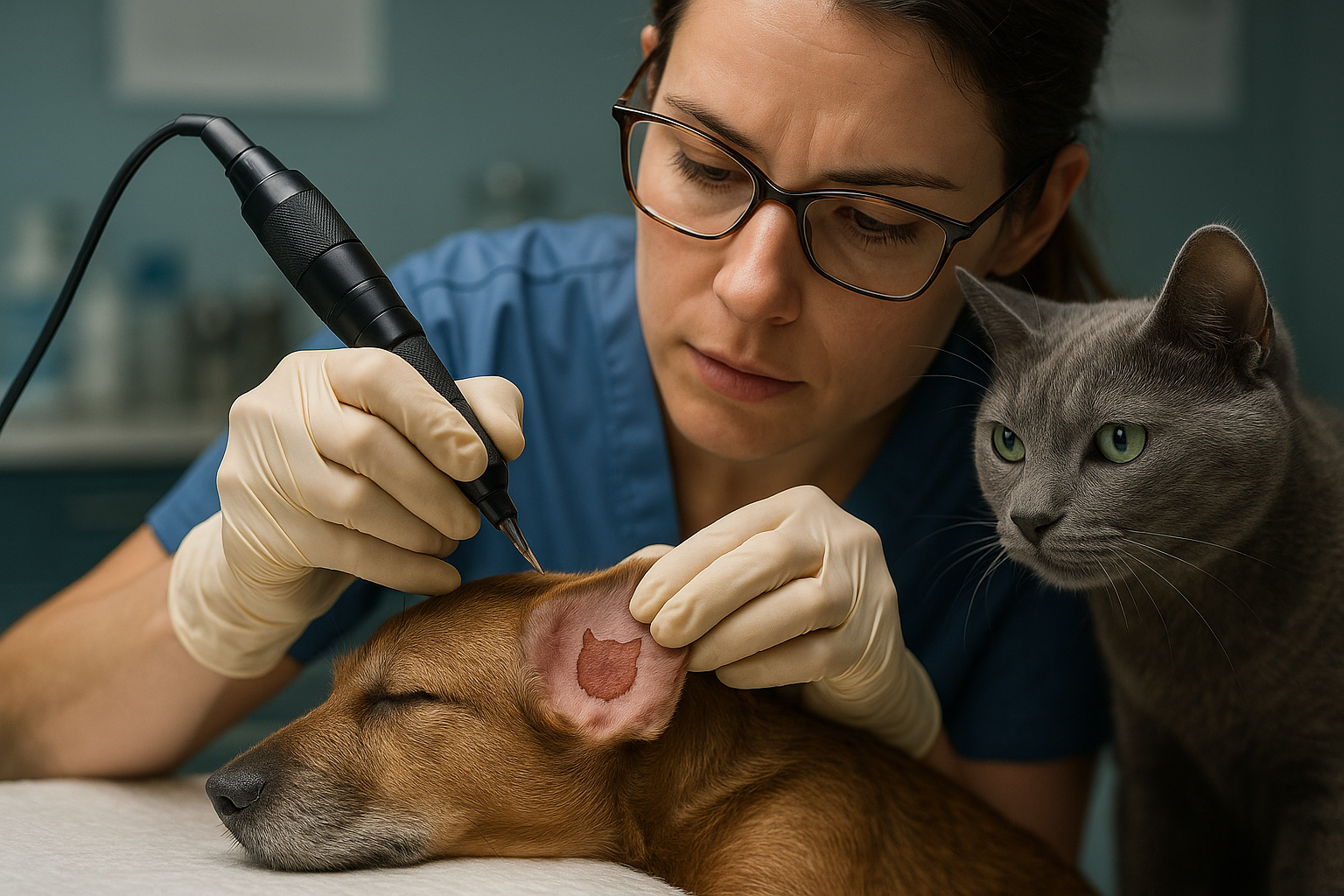Preparing companions for veterinary visits with calm techniques
Veterinary visits can be stressful for both companions and caregivers. Preparing animals with calm techniques reduces anxiety, makes handling safer, and helps veterinary teams provide better care. This article explains practical, behavior-based steps to help pets arrive relaxed and ready for checkups.

Veterinary visits are easier when animals arrive calm and familiar with basic handling and routines. Gradual exposure, short training sessions, and establishing clear, positive associations with clinics, carriers, and common procedures reduce fear and resistance. Practical preparation touches on obedience, leash and crate practice, gentle grooming, and predictable wellness routines so appointments run more smoothly and outcomes are improved.
This article is for informational purposes only and should not be considered medical advice. Please consult a qualified healthcare professional for personalized guidance and treatment.
Training and obedience for handling
Start training early with short, regular sessions that focus on tolerance of touch and simple commands. Use reward-based methods to teach sit, stay, and calm positioning for examinations. Incorporate crate exercises and brief handling drills—lifting paws, opening the mouth, gentle ear rubs—so animals learn that touch leads to treats rather than punishment. Obedience work strengthens caregiver control during a visit and reduces the need for forceful restraint, improving safety for staff and pets.
Behavior signs and socialization to monitor
Learn to read stress signals—panting, yawning, lip licking, avoidance, or freezing—and respond by pausing or redirecting. Socialization to different people, surfaces, and sounds helps animals tolerate busy clinics. Practice brief visits to neutral environments or meet calm, vaccinated dogs and people at a distance to build confidence. If persistent fear or aggression occurs, consult a behavior professional to develop a gradual desensitization plan prior to routine appointments.
Leash, crate, and exercise preparation
Regular leash practice and crate familiarity are practical tools for safe transport and waiting-room management. Train reliable leash manners with short walks and positive reinforcement to reduce pulling or lunging. Crate training as a safe, comfortable space at home helps pets travel and wait calmly; practice leaving a crate door open with toys and treats until the animal associates it with relaxation. Daily exercise before visits can reduce excess energy and anxiety on arrival.
Grooming, dental, and wellness readiness
Acclimate companions to grooming and dental handling at home: short tooth-brushing sessions, gentle coat brushing, and nail desensitization with reward pairing. Regular grooming reduces the need for stressful procedures during an appointment and helps staff complete checks quickly. Maintain consistent nutrition and wellness routines so animals are in predictable condition, and bring recent dietary or behavior notes to help veterinarians assess changes effectively.
Vaccination, microchipping, and adoption records
Organize vaccination and microchipping records before visits and include any adoption paperwork or prior medical history. Familiarity with procedures—such as a short, calm demonstration of handling and giving treats after vaccinations—reduces negative associations. If an animal was adopted recently, provide the clinic with background on prior experiences; this context helps teams tailor handling strategies and vaccination schedules for each pet’s needs.
Enrichment, crate comfort, and clinic acclimation
Provide enrichment at home—puzzle toys, scent-based games, and short training sessions—to improve overall behavioral resilience. Use calming aids like familiar bedding, low-intensity pheromone diffusers, or a favorite toy in the crate for travel. When possible, arrange a pre-visit meet-and-greet with the clinic so the pet can explore the lobby, smell surroundings, and receive treats from staff. These small exposures build positive associations and reduce fear over time.
Conclusion A calm veterinary visit is the result of consistent, compassionate preparation: training for handling and obedience, careful attention to behavior and socialization, crate and leash practice, grooming and dental accustoming, and organized wellness records. Applying short, reward-based techniques and gradual exposure helps companions remain composed and supports safer, more efficient veterinary care.





